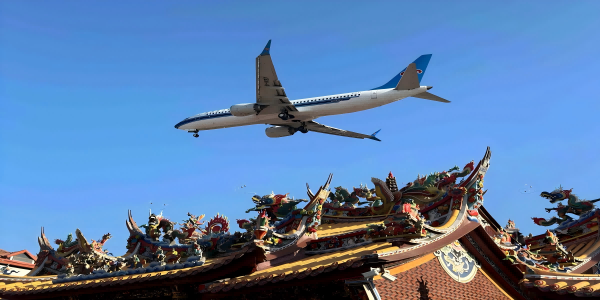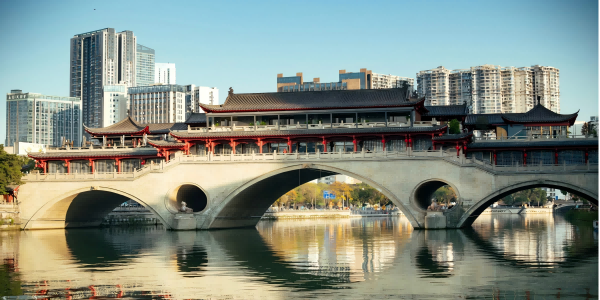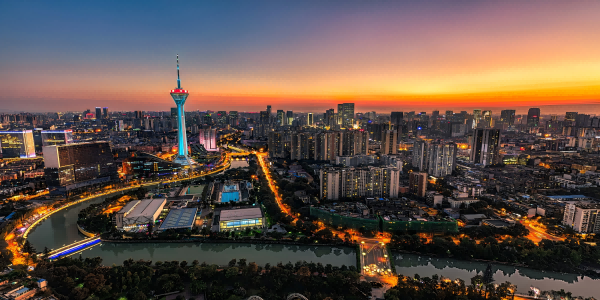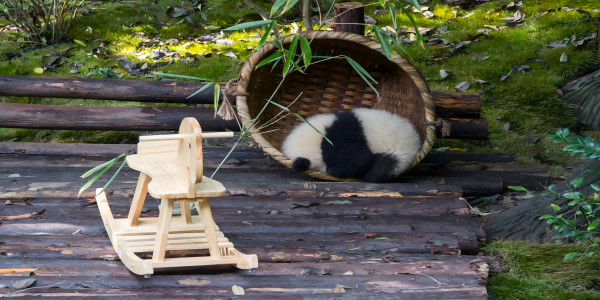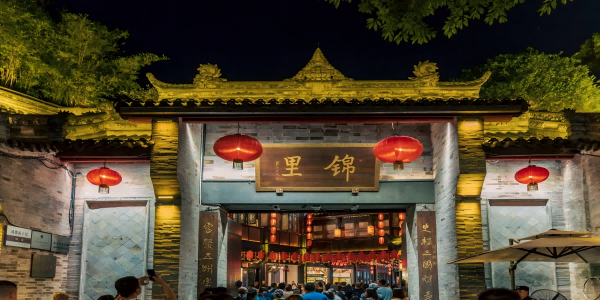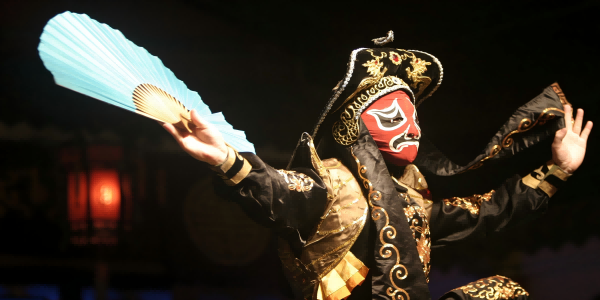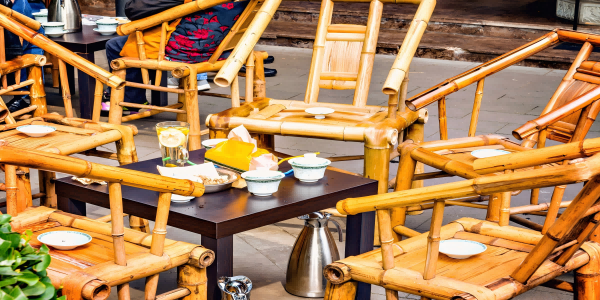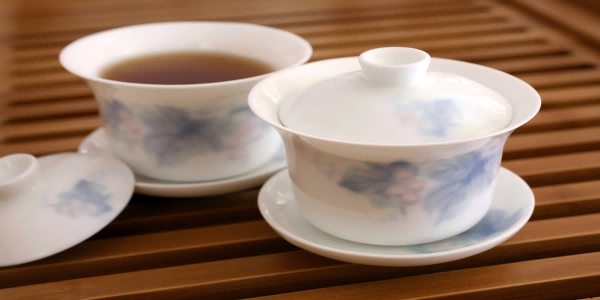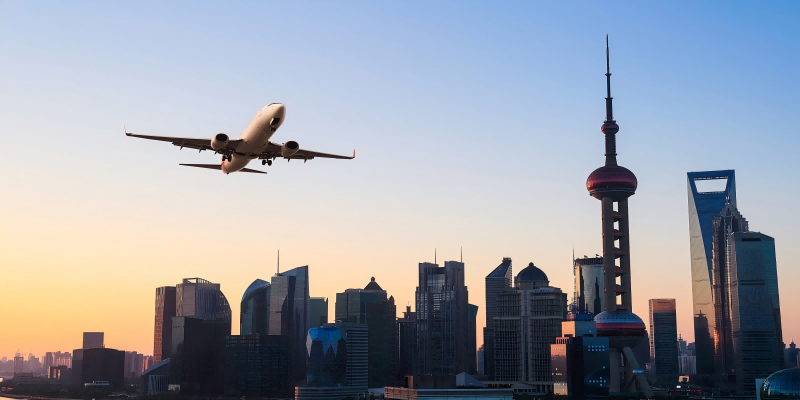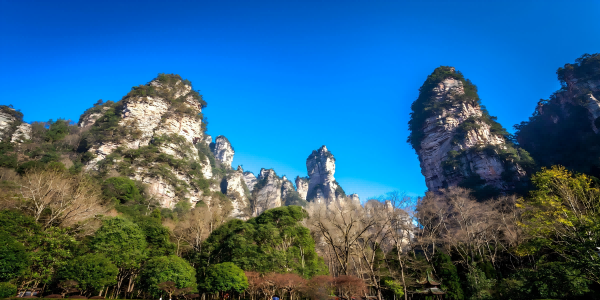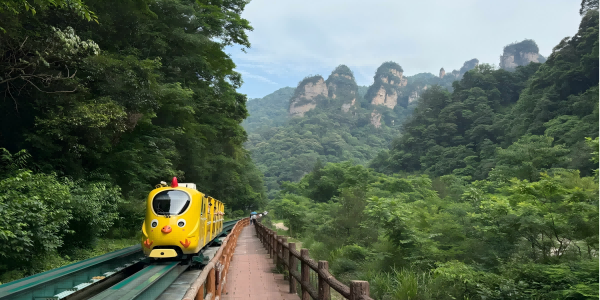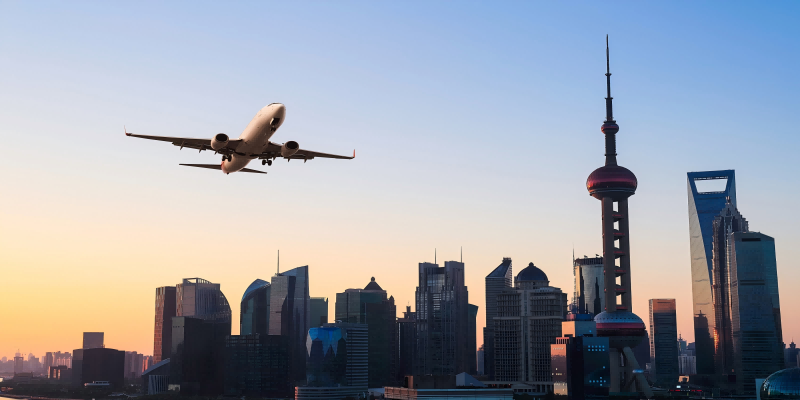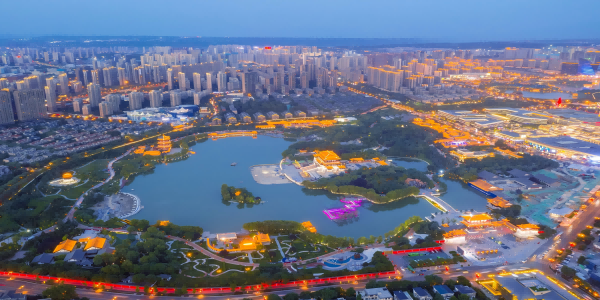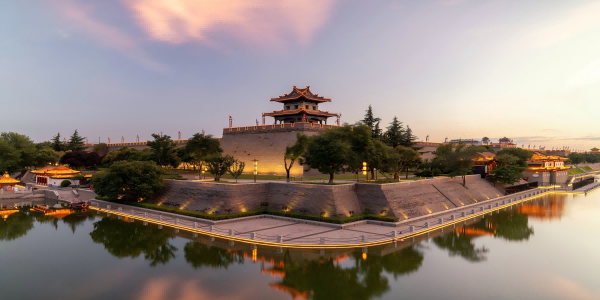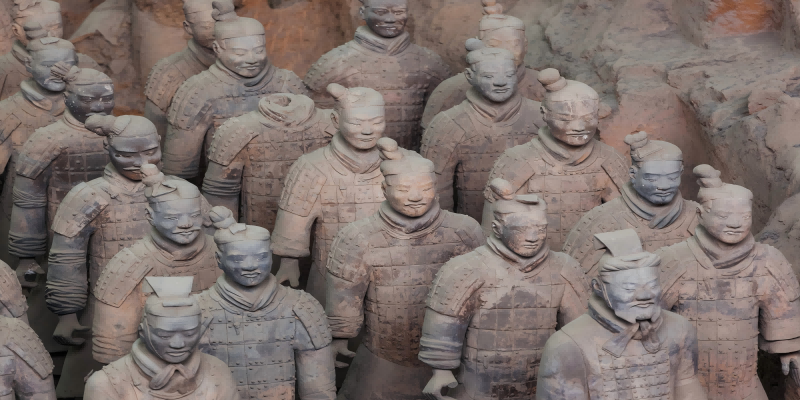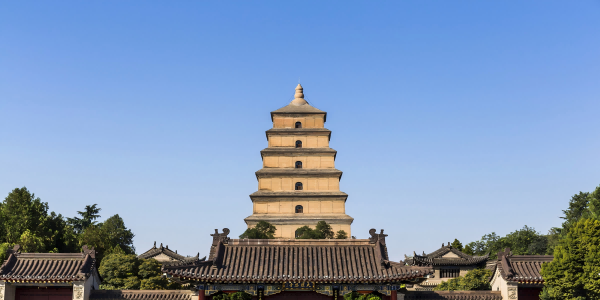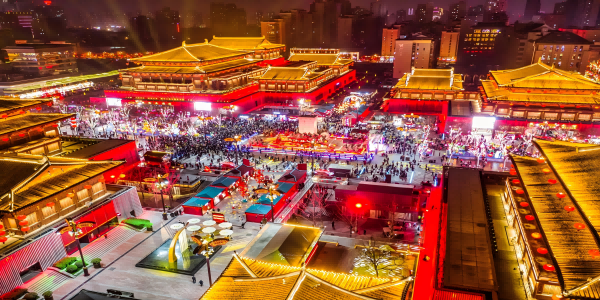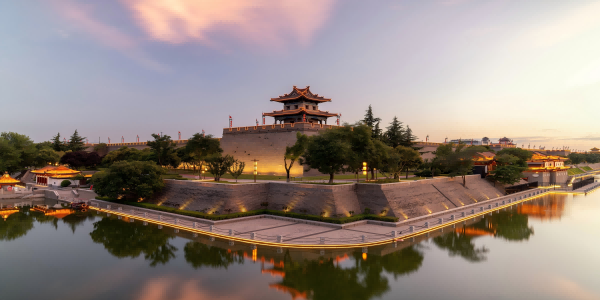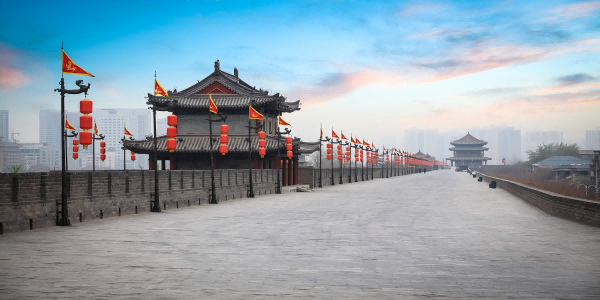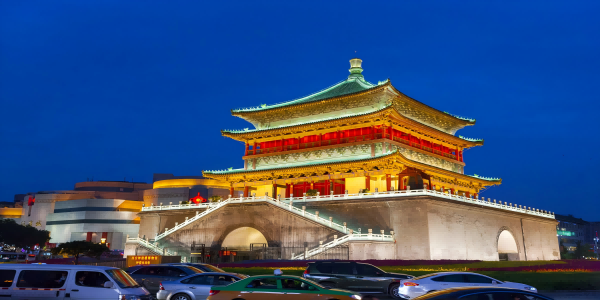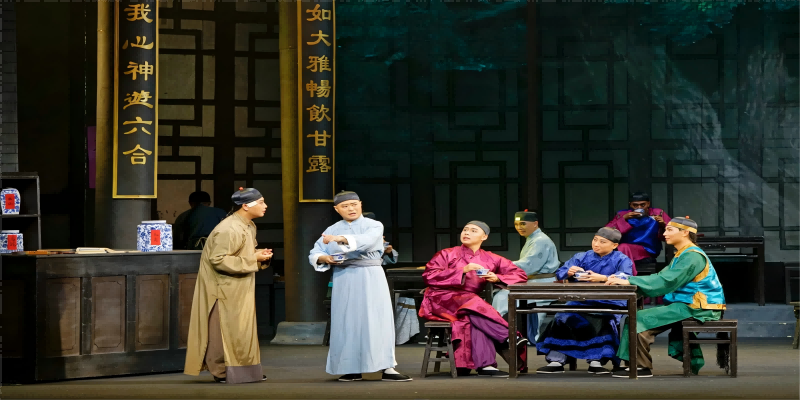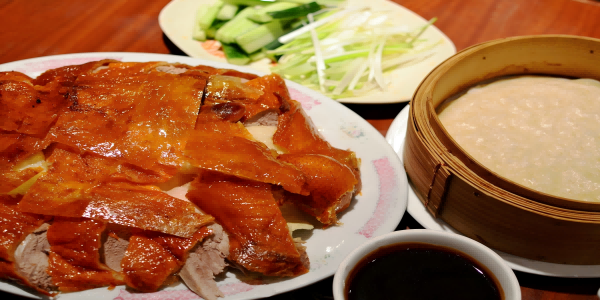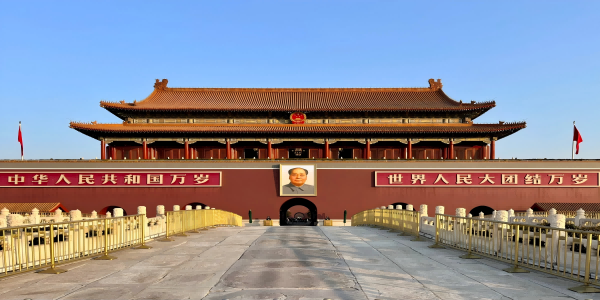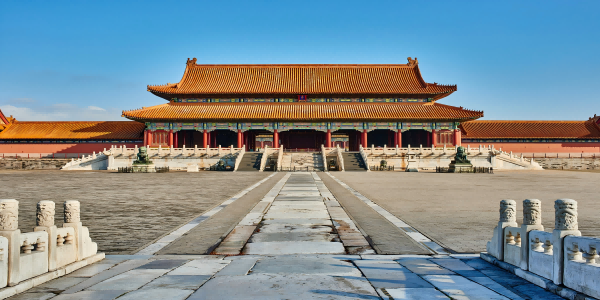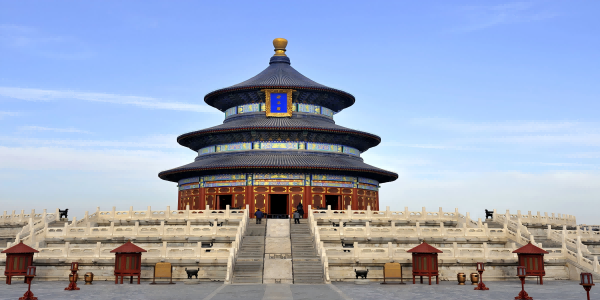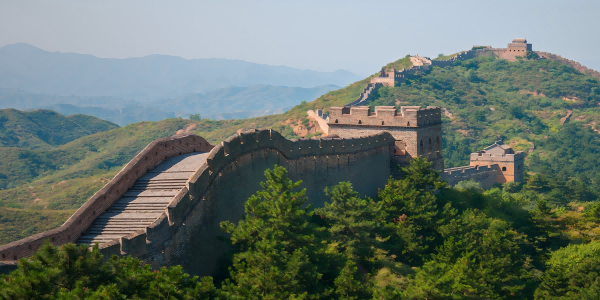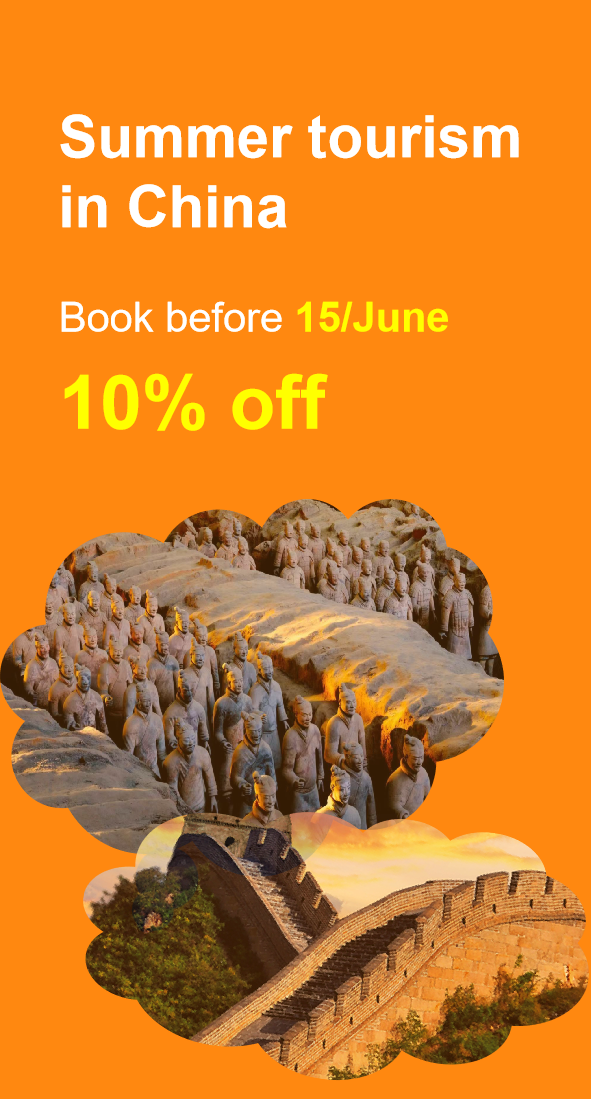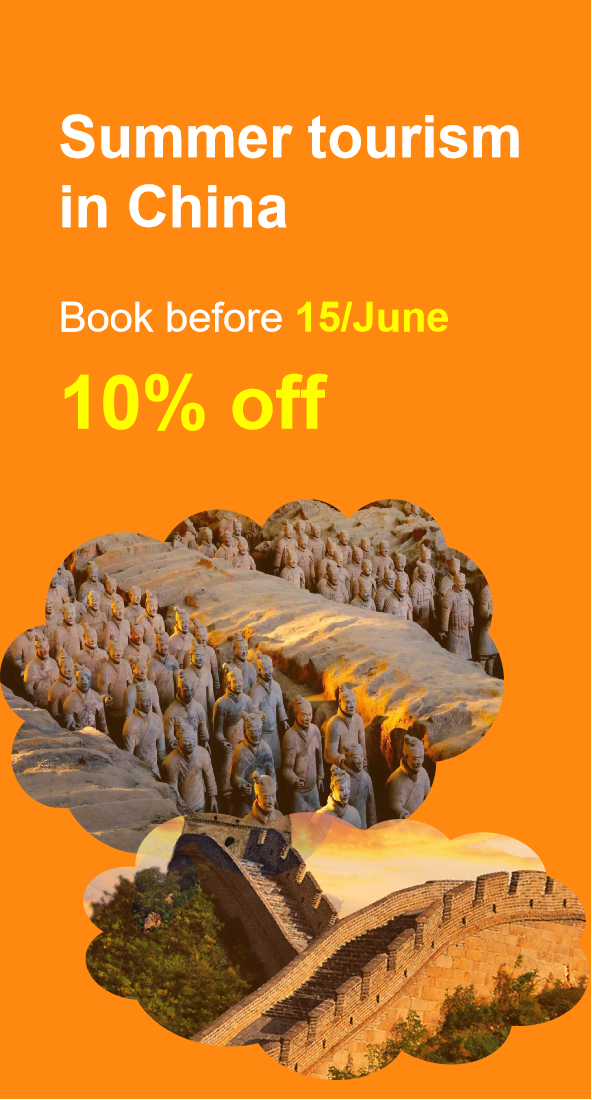- Xi'an Ancient City Wall - Bell Tower/Drum Tower - Muslim Street
- 4-Star Hotel
- Breakfast & Lunch
Today we will explore the ancient city architecture and culture in the ancient city of Xi'an.
Xi'an City Wall: The existing city wall is a Ming Dynasty building. It was built in the third year of Hongwu (1370) and completed in the eleventh year of Hongwu (1378). It was built on the basis of the imperial city of Sui and Tang dynasties. At that time, it was the capital city of Xi'an. Today, it is one of the largest and most well-preserved ancient city walls in China, with a circumference of 13.7 kilometers, a wall height of 12 meters, a top width of 12-14 meters, and a bottom width of 15-18 meters. It has extremely high value for studying ancient military defense and urban planning. You will climb the city wall to see the different city scenery of Xi'an from ancient times to the present. If you are interested, you can also rent a bicycle for one or two people to experience free riding sightseeing on the city wall.
Next, we will go to the Bell Tower/Drum Tower (choose an ancient tower to climb the tower for sightseeing according to the number of visitors on that day)
Bell Tower: The original site was at the intersection of Guangji Street. It was relocated during the reign of Emperor Shenzong of the Ming Dynasty due to the eastward shift of the center of Xi'an. It is said that there were often dragons causing trouble underground during the construction, so the craftsmen hung the Jingyun Bell, the "No. 1 Bell in the World", here to suppress the dragon veins and keep the area safe, hence the name of the Bell Tower.
Drum Tower: Echoing the Bell Tower, the "morning bell and evening drum" timekeeping was once the rhythm of life for the people in the ancient city. It is said that there is a sweet spring under the foundation of the Drum Tower, which is the "dragon eye" of Chang'an City. The Drum Tower is like a giant dragon with its head raised, guarding the ancient city.
Muslim Street: Since the Silk Road in the Han Dynasty, Hui people have lived and done business here, forming a unique neighborhood. It is said that during the Tang and Song Dynasties, many Arab merchants settled here, bringing exotic culture and food, making this place a place of multicultural integration. If you are interested here, you can ask the tour guide to take you to watch a Chinese-style shadow play (about US$5), or taste some Xi'an delicacies such as Roujiamo (about US$1.5) in Muslim Street.


